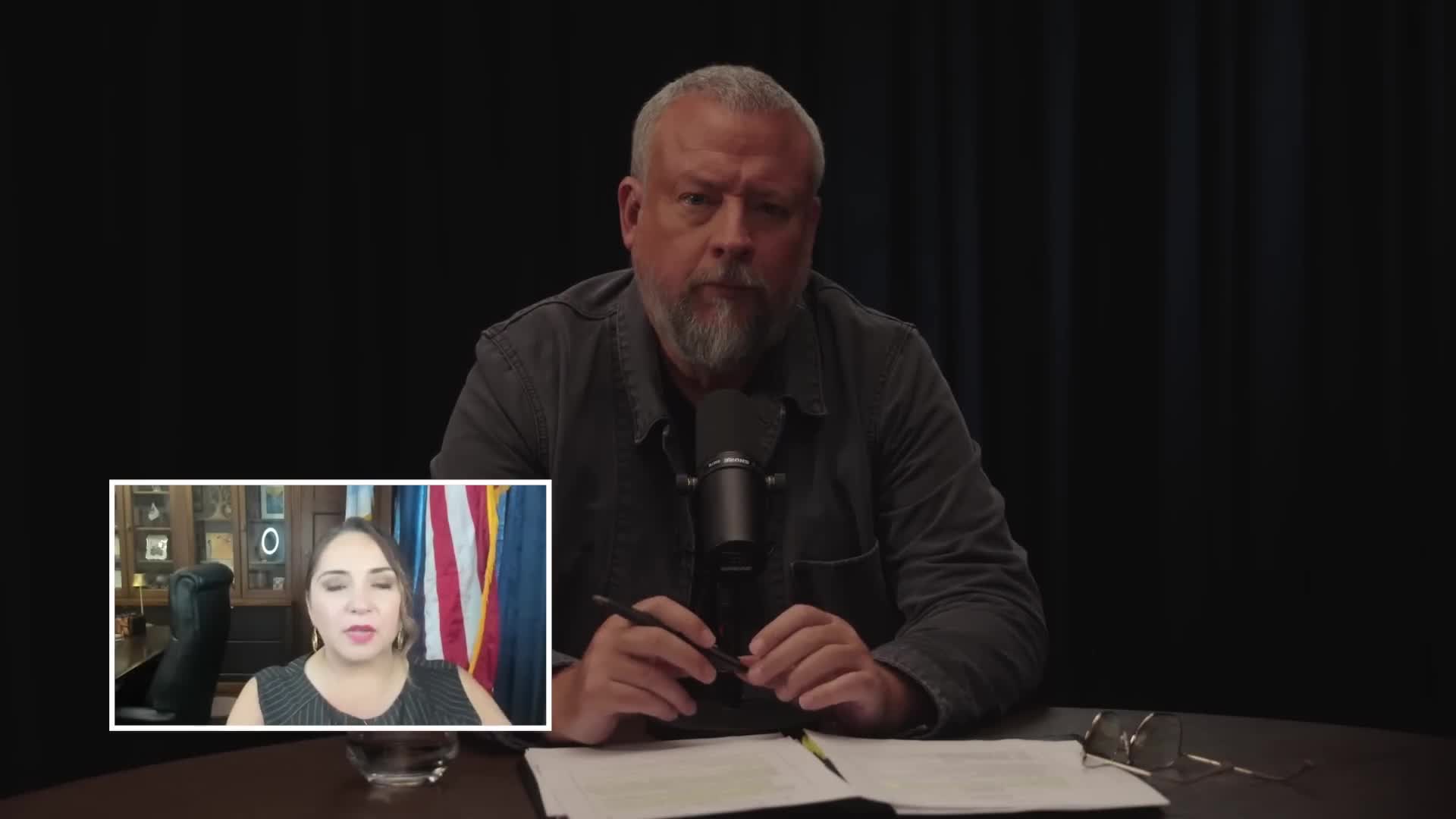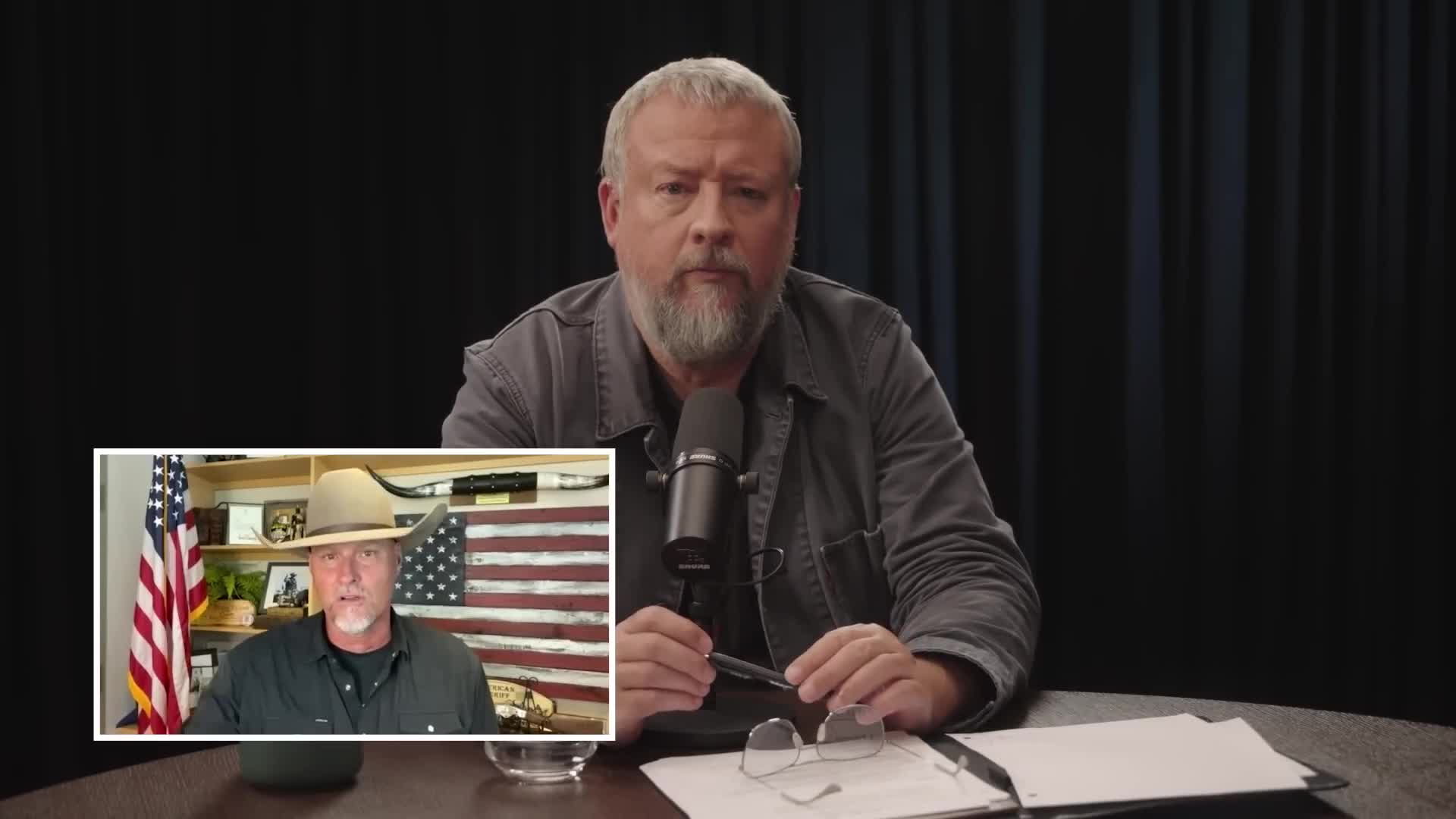Media Bias
What does the Adam Toledo shooting case reveal about police accountability and systemic issues in law enforcement?
The Adam Toledo shooting case exemplifies the ongoing crisis of police violence against Black and minority communities in America. The 13-year-old was killed by Chicago police officers, with video evidence directly contradicting the official police narrative that claimed Toledo was armed during the confrontation. This discrepancy between police accounts and actual footage highlights systemic problems with law enforcement accountability and transparency. John Oliver emphasizes that such incidents represent a destructive cycle of violence, protests, and inadequate police response that continues to repeat itself. The case demonstrates how official statements from police, mayors, and prosecutors can be misleading or false, underscoring the urgent need for comprehensive reform in law enforcement practices. The tragedy calls for both acknowledgment of these systemic failures and concrete action toward meaningful police reform to prevent future loss of innocent lives.
Watch clip answer (00:28m)What did FBI Director Christopher Wray reveal in his testimony about who was responsible for the January 6th Capitol insurrection?
FBI Director Christopher Wray provided clear and specific testimony identifying the groups responsible for the January 6th Capitol attack. He explicitly named violent extremist organizations including the Proud Boys and Oath Keepers as key participants in the insurrection, categorizing them as militia groups and white supremacist organizations. Wray also directly addressed and debunked conspiracy theories claiming that left-wing radicals disguised as Trump supporters were responsible for the attack. He testified under oath that the FBI had found no evidence supporting these false claims, effectively putting to rest misinformation campaigns attempting to shift blame away from right-wing extremist groups. This testimony was significant as it provided official federal law enforcement confirmation of what actually occurred on January 6th, countering false narratives and establishing a clear record of the events and perpetrators involved in the Capitol insurrection.
Watch clip answer (01:06m)How do mainstream media outlets handle claims made by public figures like Elon Musk who challenge established narratives?
Mainstream media outlets often exhibit selective scrutiny when dealing with public figures who challenge established narratives. According to the analysis, media organizations tend to overlook essential truths while focusing on nitpicking claims made by figures like Elon Musk. This creates a stark contrast between how genuine investigations into government fund misuse are treated versus the media's defensive reactions to challenges. The segment suggests that media credibility is being questioned in today's polarized landscape, particularly when it comes to their handling of assertions regarding government fraud or misconduct. This selective approach to fact-checking and reporting demonstrates potential bias in how media outlets shape public perception and maintain their preferred narratives.
Watch clip answer (00:15m)How does disinformation about immigration affect public perception and policy-making in the United States?
Disinformation about immigration significantly distorts public understanding by framing asylum seekers and migrants as criminals, despite many being legitimate refugees fleeing dangerous conditions. This deliberate spread of false narratives creates fear and hatred that politicians exploit for electoral gain, as evidenced by claims that crime is rising in America while decreasing globally. The impact extends beyond public opinion to actual policy formation, where misconceptions drive harsh immigration measures rather than evidence-based solutions. Political figures deliberately dehumanize immigrants to maintain voter support through fear-mongering tactics. This disinformation cycle undermines rational discourse about immigration reform and prevents voters from making informed decisions based on factual information about border security, asylum processes, and the real challenges facing both migrants and border enforcement agencies.
Watch clip answer (00:18m)How does media bias affect public understanding of the U.S.-Mexico border immigration crisis?
Media bias significantly distorts public perception of the immigration crisis at the U.S.-Mexico border by presenting vastly different narratives depending on the news source. Sheriff Mark Lamb challenges viewers to compare coverage across different media outlets, highlighting how the same border situation can be portrayed in completely contradictory ways. This media polarization creates confusion about the actual realities at the border, including the complexities of immigration processes, asylum claims, and law enforcement challenges. The resulting misinformation makes it difficult for the public to understand the true nature of cartel influence, migrant volumes, and policy impacts on American communities. The divergent media narratives ultimately hinder informed public discourse and policy-making during this critical political period leading up to elections.
Watch clip answer (00:05m)



